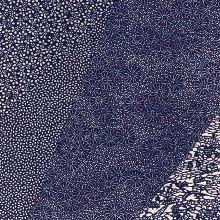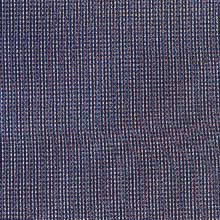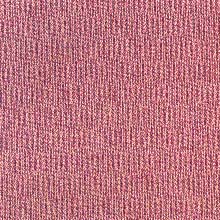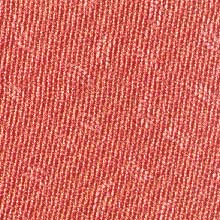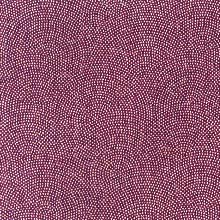Dye (p. 78 )
1.Produced in Katsushikaku, Tokyo
2. Characteristics: Stencil(paper pattern) dyeing. As the patterns are fine and of single color, the dyed fabrics look plain.
3. Uses: Clothing
4. History: "Edo Komon(fine patterns)" is said to be originated from fine patterns put on the warriorÕs formal dress called "Kamishimo," in the Edo Period . The fine patterns were first used in "Kamishimo" in the Muromachi Period and were widely used and developed as patterns during 1624-44 in the Edo Period. It is called "Komon Gata"or "Kamishimo Komon" and each feudal lord monopolized his own pattern denoting his feudal government. In the middle of the Edo Period, however, the patterns were loved and widely used by common people and the patterns became finer and more diverse. The name "Edo Komon" was named in 1955 when Kosuke Komiya, who maintained the traditional technique, was designated as the "Important Intangible Cultural Property" in order to distinguish the Edo Komon from other multi-colored fine patterns.
Dyeing Method
1. Paper pattern carving.
Ise Katagami, produced in Suzuka City in Mie Prefecture, is used as a stencil pattern.
a. Paper pattern making. First, several handmade papers are pasted and layered with persimmon astringent in such a way as the grain of the paper crossed with one another,(the process is called "Kami Zuke"). After being kept untouched for a few days to increase the stickiness of the persimmon astringent, the layered paper is dried in the sun. After that, they are kept in a cellar or in a room, making it an unshrinkable and water resistant paper pattern.
b. Carving the pattern. The number of paper patterns required for a design is determined by the pattern and the carving method to be used. In general, 7 or 8 pattern papers are used. They are carved on a draft pattern placed on them. There are 4 kinds of carving techniques.
(1) "Kiri(gimlet) Bori(carving)"
A method of carving perforations by grinding a small gimlet shaped in a half circle.
(2) "Tsuki(pushing) Bori"
A method of carving a line by pricking forward the tip of a knife.
(3) "Hiki(pulling) Bori"
A method of carving a line by pulling the tip of a knife along a steel ruler put between 2 points.
(4) "Dogu(tool) Bori"
A method of carving patterns by sticking perpendicularly a knife, which has a section of the pattern, on paper.
There is a way to reinforce paper patterns by inserting several thin silk threads between 2 paper patterns when they are put together with persimmon astringent. It is called "Itoire"(thread insertion).
2. Dyeing
(1) "Hikinori"(glue application)
"Namanori," rice glue made from sticky rice is pasted thin and even on a long wooden plate and dried in the sun. It is repeated several times.
(2) "Jibari"(cloth stretching)
A cloth is moistened and stretched on a wooden plate after it is moistened with water and brushed evenly.
(3) "Katazuke"(pattern application)
A paper patten is put on the cloth and the resistant pasted with bamboo spatula to cover all details of the patterns.
(4) "Jizome"(cloth dyeing)
The paste blended with dye is applied with a spatula all over the pattern. The action is called "Shigoki." After that, the dyed cloth is taken off from the plate and sawdust is sprinkled over it to prevent the glue from shifting in the steaming.
(5) "Mushi"(steaming)
The cloth is steamed in high temperature so that the dyed color is obtained and fixed on the cloth.
(6) "Mizumoto"(washing)
When the cloth is cooled, the glue is washed off in the water.
(7) "Yunoshi"(hot water stretching)
After dipping in hot water, the cloth is dried and stretched.
(8) "Jinaoshi"(retouching)
The uneven parts of the patterns are retouched with a brush.
